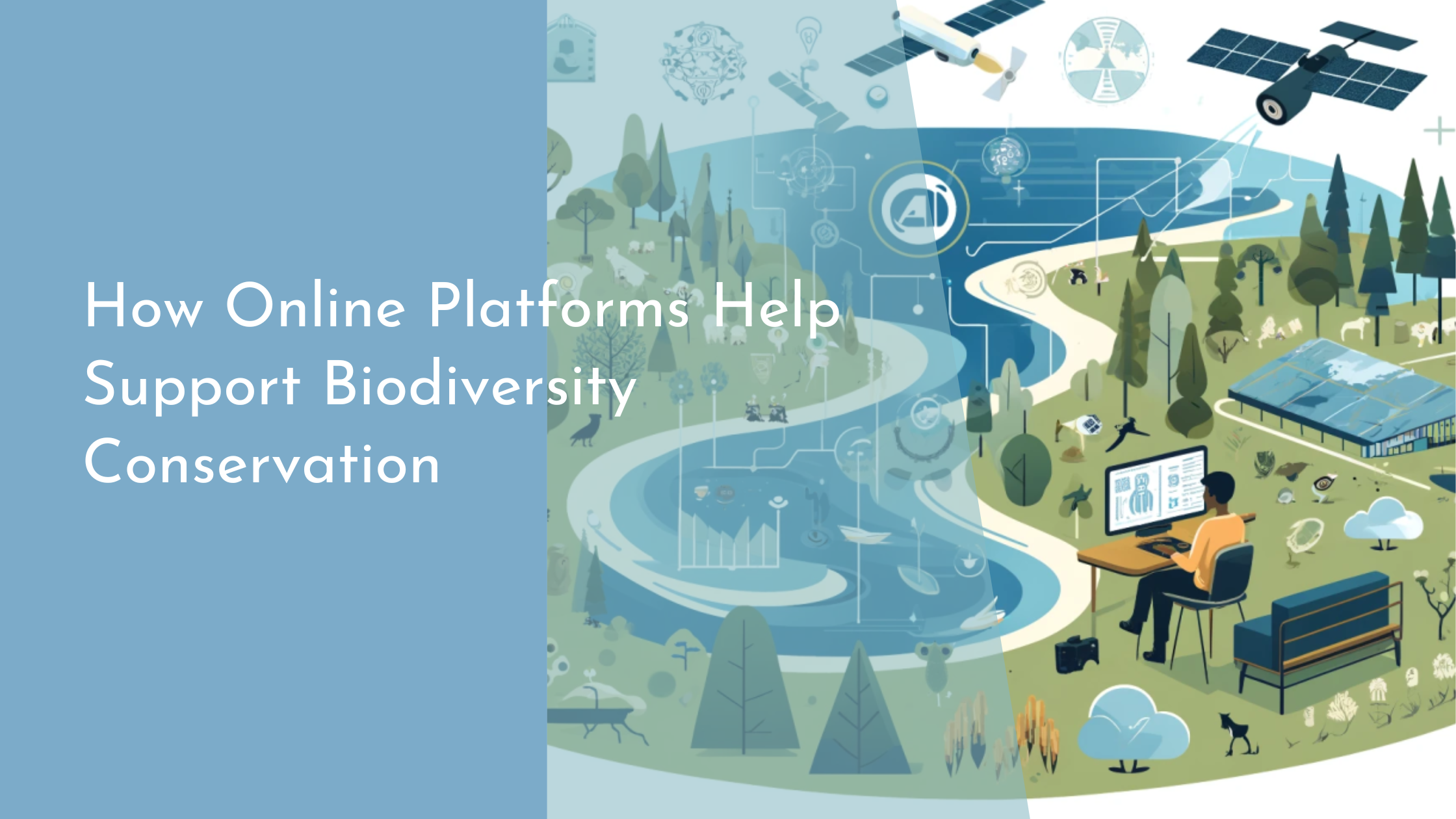How Online Platforms Help Support Biodiversity Conservation
In an age where digital technology has permeated almost every aspect of our lives, it is no surprise that it plays a significant role in biodiversity conservation. Online platforms and digital tools not only raise awareness about the importance of biodiversity but also actively contribute to conservation efforts. By connecting people across the globe, these platforms facilitate the exchange of knowledge, support research, and foster community involvement. This article explores how digital tools and online platforms are revolutionizing biodiversity conservation through various means.
How Digital Tools Foster Conservation Efforts
Digital tools have become indispensable in biodiversity conservation by enabling researchers and conservationists to collect, analyze, and share data more efficiently. Geographic Information Systems (GIS) and remote sensing technologies, for instance, allow for the monitoring of ecosystems and wildlife habitats on a global scale. These technologies provide crucial data that can be used to track changes in biodiversity over time, identify endangered species, and implement conservation strategies. Online databases and platforms like iNaturalist enable citizens to contribute valuable data by documenting the presence of different species in their local areas, creating a more comprehensive understanding of biodiversity distribution.
Moreover, digital platforms facilitate collaboration among researchers, conservationists, and policymakers. Cloud-based tools and data-sharing platforms allow for real-time collaboration and the dissemination of research findings across borders, breaking down geographical barriers that once hindered global conservation efforts. By leveraging digital tools, conservation initiatives can be more dynamic and adaptive, responding swiftly to threats such as habitat loss, climate change, and poaching. This interconnectedness fosters a collaborative environment where innovative solutions can be developed and shared to protect biodiversity effectively.
Engaging Communities Through Social Media
Social media platforms play a pivotal role in engaging communities and raising awareness about biodiversity issues. Through visually compelling content, educational campaigns, and storytelling, conservation organizations can reach a broad audience and inspire people to take action. Platforms like Instagram, Twitter, and Facebook allow for the dissemination of information about endangered species, conservation projects, and environmental challenges, turning passive observers into active participants in the conservation movement.
In addition to raising awareness, social media provides a platform for communities to share their experiences, knowledge, and local conservation efforts. Online groups and forums dedicated to biodiversity conservation offer spaces for individuals to connect, exchange ideas, and collaborate on initiatives. This sense of community fosters a collective responsibility towards environmental stewardship, empowering individuals to contribute to conservation projects, whether through volunteering, citizen science, or advocacy. By engaging communities through social media, conservation becomes a shared mission, transcending cultural and geographical boundaries.
Crowdfunding Initiatives for Biodiversity Projects
Crowdfunding has emerged as a powerful tool for funding biodiversity conservation projects that might otherwise lack financial support. Platforms like Kickstarter, GoFundMe, and Indiegogo enable conservationists and environmental organizations to present their projects to a global audience and raise the necessary funds to bring them to fruition. These platforms democratize funding, allowing individuals from all walks of life to contribute to causes they are passionate about, often with small but meaningful donations.
Successful crowdfunding campaigns not only provide financial backing but also serve as a platform for raising awareness and engaging the public. By leveraging storytelling and digital media, project organizers can communicate the significance of their initiatives and the impact of biodiversity conservation on global ecosystems. This not only fosters a sense of community and shared purpose but also educates contributors about the importance of preserving biodiversity. As more people become aware of these projects and the challenges they aim to address, the support for biodiversity conservation grows, creating a ripple effect that extends beyond the initial fundraising goal.
The Future of Tech in Biodiversity Conservation
The future of technology in biodiversity conservation promises even more innovative solutions and opportunities. Emerging technologies such as artificial intelligence (AI) and machine learning can analyze vast datasets to identify patterns, predict trends, and make informed decisions to protect biodiversity. These advanced tools can be used to create predictive models for species distribution, assess the impact of climate change on ecosystems, and prevent illegal activities like poaching through improved monitoring and surveillance.
Furthermore, the rise of virtual reality (VR) and augmented reality (AR) offers new ways to educate and engage the public with immersive experiences that highlight the beauty and importance of biodiversity. These technologies can transport users to remote ecosystems, allowing them to explore diverse habitats and witness conservation efforts firsthand. By making biodiversity conservation more accessible and engaging, these digital innovations can inspire a new generation of environmental stewards who are committed to protecting our planet’s natural heritage.
As digital technology continues to evolve, its role in supporting biodiversity conservation becomes increasingly significant. Online platforms and digital tools not only enhance our ability to monitor, research, and protect biodiversity but also empower communities to take an active role in conservation efforts. By leveraging these technologies, we can foster collaboration, raise awareness, and secure the necessary resources to safeguard our planet’s ecosystems for future generations. Embracing the potential of digital innovation, we can create a more connected and informed global community dedicated to preserving the rich tapestry of life on Earth.

